In a bit of a departure from an IT blog post, I wanted to share my findings about how to optimize your HiFi desktop headphone setup. In the world of desktop headphone audio, there’s almost an infinite amount choices at all budgets from entry-level to absurd “audiophile” snake-oil products. And beyond the hardware choices, there’s a variety of players and audio-plugins to fine-tune your setup. This post will focus on the audio plugins I use, but I will cover my hardware configuration since hardware is important. I’ve included a lot of links to YouTube videos, product pages, and forum posts to give you even more details about my selections.
My Headphone Gear
When you think of desktop headphone setups, the first piece of equipment that comes to mind is probably the headphones themselves. Here, you have hundreds of choices from all price points to $50 a pair, to literally many thousands of dollars for a pair. I’m a firm believer in the law diminishing returns. Does a pair of $5,000 headphones sound 100x better than a $50 pair? Probably not, but they WILL be better. After much research my choice of headphones landed on the HiFiman Arya with a LQi cable. These are mid-Fi headphones, in terms of price given HiFiman headphones can go for over $3,500 or more, but HiFi in terms of performance. They are a highly rated open-back planar magnetic headphone, that I think sound absolutely amazing for the money. They are very power hungry, so I’ll discuss the headphone amp I’m using very shortly.
If you want some help deciding what headphone to buy, check out the Crinacle ratings. The Arya headphones rank “A++ **”. Or, you can check out Joshua Valour’s Youtube ranking video here. The HEADPHONE Show on YouTube also has great videos here on the Arya vs. other models. Remember that open-back headphones “leak” a ton of sound, so if you will be using them in close proximity to others (or listen in a noisy environment) they may not be the best choice. In that case, a quality closed back headphone would be better.
Now that you’ve chosen your headphones, you need to power them and get the audio signal into the headphones. I went the “separates” route meaning a separate headphone amp and a dedicated DAC (Digital to Analog Converter). For my headphone amp, I went with the highly regarded Topping A90. This is a fully balanced amp, with exceptional power. I have the Arya headphones connected via the XLR balanced output and I use the high gain mode (with this LQi cable). Even with the VERY power hungry Arya headphones, I only need to turn up the volume to 10 o’clock. For a highly technical review of the A90, check out this forum post. For a great YouTube A90 review, check out Joshua Valour here.
Finally for the hardware stack, is the dedicated DAC. I went with the SMSL M400, which has gotten top reviews. It supports nearly all audio formats, including MQA and DSD. The M400 is connected to my MacBook Pro via USB. Topping makes the D90, which is very similar to the M400 and pairs nicely with the A90. But I felt the specs on the M400 were a touch better, so I went that route. I use XLR cables to connect the M400 to the A90. For a highly technical detailed review of the M400, check out this forum post.
BTW, SMSL came out with their SP400 headphone amp just recently, which physically matches well with the M400 DAC. I auditioned the SP400, however the gain is significantly less than the A90 and it runs much warmer, so I stuck with my Topping A90 amp.
Software EQ and other Audio Plug-ins
As amazing as the Arya + M400 + A90 sound “naked”, no headphone perfectly reproduces sound and there’s room for improvement via EQ and other audio plugins. In addition to much research into my headphone hardware stack, I researched EQ and other plugins as well. And wow, the difference between the “naked” hardware and a good audio software stack is really remarkable. All the audio software I will mention can be downloaded for a free trial period, so no need to plunk down money without hearing the differences for yourself and decided whether you want to punk down the $ or not.
As background, I use the Plexamp player for most of my daily listening enjoyment. It’s a great player if you have a Plex server running in your house. For a more expensive option that doesn’t need Plex, I recommend Audirvana. Plexamp, unlike Audirvana, doesn’t natively support audio plugins. Maybe it will one day, but not right now. So for my Mac, I use SoundSource 5.0 for all my audio mixing and plug-in manager needs.
Audirvana DOES natively support auto plugins. So you could skip SoundSource 5, and just rely on Audirvana + plugins for your audio enjoyment.
As you can see in the above image, I have the SMSL USB AUDIO output selected, as well as three audio plug-ins loaded and enabled. I’ll first start with Pro-Q 3, which is the EQ plugin by FabFilter. This makes a dramatic difference in the audio, and I can’t recommend it enough. I’ll also cover the other two Ghz plugins as well.
FabFilter Pro*Q3 for EQ
Why apply EQ to your headphones, and what “target” should you aim for? Thankfully there’s an industry “standard” headphone target called the Harman. I won’t go into too much detail, but let’s just say most people find this EQ target pleasant to the ears.
Since headphones are mechanical devices with an imperfect frequency response, EQ can “fix” the problems and better follow the Harman target. But coming up with parametic EQ settings on your own would be nearly impossible without high-end test gear, and who has that? Fortunately over on Reddit, there is Oratory1990. He is an audio pro, and has the needed high-end test rig to provide parametric EQ data for many dozens of headphones. He has tested the Hifiman Arya (see link for his Arya PDF), so I was all set. Remember, Oratory1990 didn’t test YOUR exact pair of headphones, so manufacturing differences will mean the EQ still might be a tad off. But his settings should get you 95% of the way there.
The first image below is Oratory1900s parametric EQ curve for the Arya headphones. The end result of his work is shown in the Pro*Q3 screenshot below. As you can see, the yellow curves in ProQ3 match those from Oratory1990 (top).
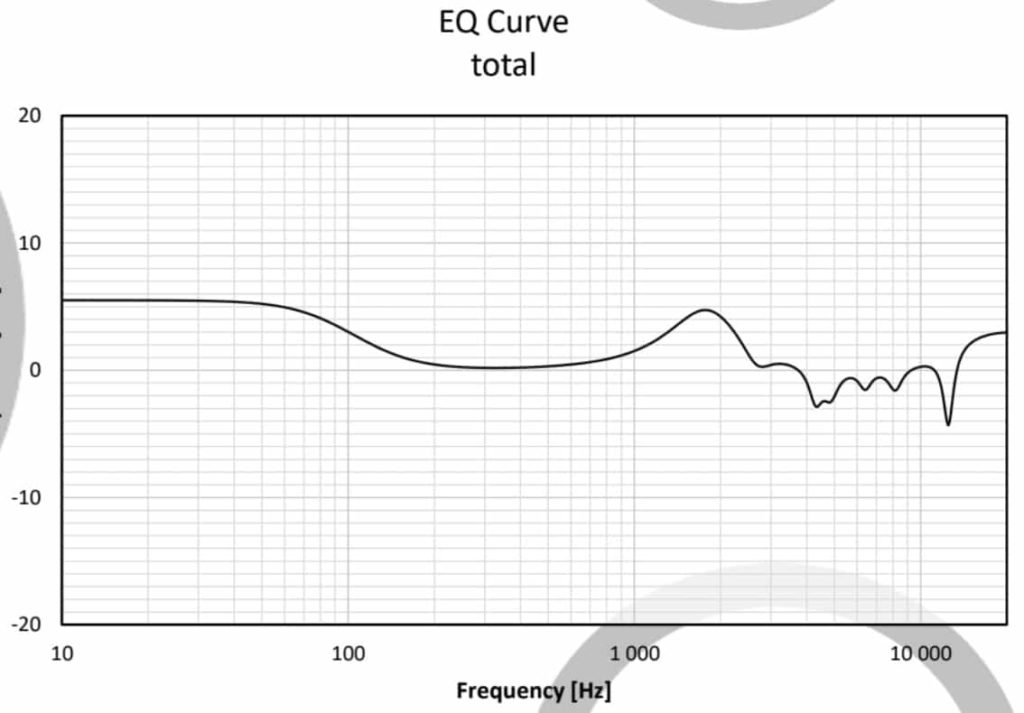 *******************@**.jpg 600w" sizes="(max-width: 1024px) 100vw, 1024px" />
*******************@**.jpg 600w" sizes="(max-width: 1024px) 100vw, 1024px" /> 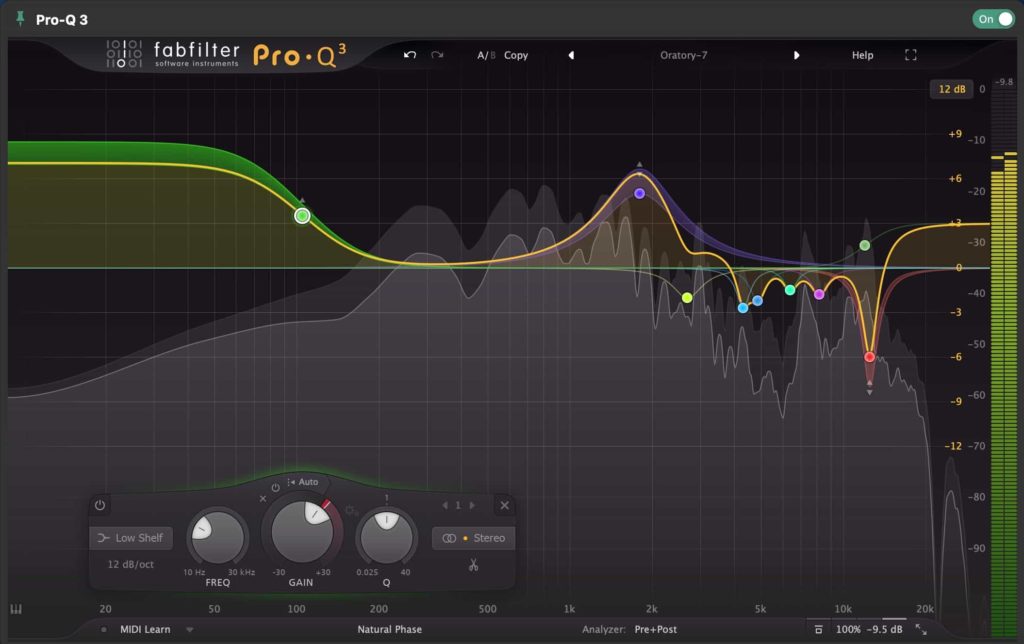 **********************@**.jpg 600w, https://www.derekseaman.com/wp-content/uploads/Fa**********************@**.jpg 1500w" sizes="(max-width: 1024px) 100vw, 1024px" />
**********************@**.jpg 600w, https://www.derekseaman.com/wp-content/uploads/Fa**********************@**.jpg 1500w" sizes="(max-width: 1024px) 100vw, 1024px" /> Now how do you get from Oratory1990’s settings (screenshot below), and translate them into FabFilter? It’s pretty straight forward, except for one thing. FabFilter doesn’t use the same Q-Factor as Oratory1990’s rig, so you need to multiply all of his Q-Factor settings by 1.414 (squareroot of 2). So, for example, band 1 would have a Q factor setting in ProQ3 of 1.003 (.71 * 1.414). Do this calculation for all 9 bands and use that as input for ProQ3. Also, in ProQ3 use the “Natural Phase” setting. As a personal tweak, I also enabled ProQ3 “Dynamics” for the 105Hz, 1800 Hz, and 12,500 Hz bands.
If you have the Arya headphones, you can download my ProQ3 preset here.
 *****************************@**.jpg 600w" sizes="(max-width: 1024px) 100vw, 1024px" />
*****************************@**.jpg 600w" sizes="(max-width: 1024px) 100vw, 1024px" /> GoodHertz CanOpener Studio 3
Beyond EQ, what other tweaks can you do to fine tune your headphone audio? One popular plugin is called GoodHertz CanOpener Studio 3. Their slogan is “Conjure speakers from your headphones.” In short, the plugin makes your headphones sound a bit more like physical speakers. They do this by ‘crossfeeding’ or blending sound from the L&R channels using a few ‘knobs’. Now at least to my ears, the effect of this plugin is fairly subtle, so be sure to utilize the free trial period and see what you think. If you want to replicate my settings, just visit this URL and paste the settings into CanOpener Studio 3.
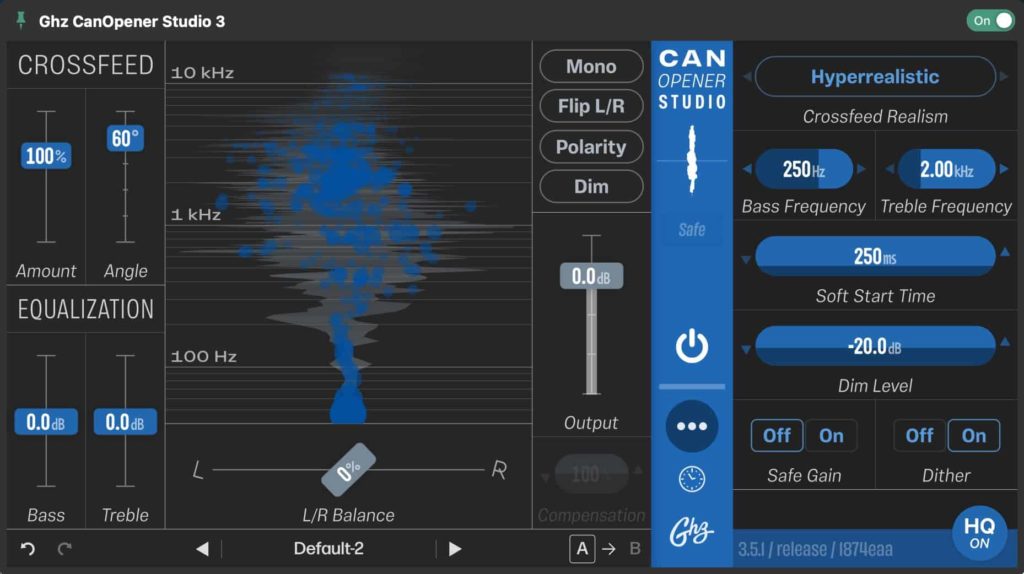 **********************@**.jpg 600w, https://www.derekseaman.com/wp-content/uploads/Ca**********************@**.jpg 1500w" sizes="(max-width: 1024px) 100vw, 1024px" />
**********************@**.jpg 600w, https://www.derekseaman.com/wp-content/uploads/Ca**********************@**.jpg 1500w" sizes="(max-width: 1024px) 100vw, 1024px" /> GoodHerz Midside
For the ultimate in fine-tuning your headphone audio, there’s Goodhertz Midside. This plugin can help fine-tune the stereo imaging of your headphones. For my settings, click here. This plugin is even more subtle than CanOpener, but some people really like it.
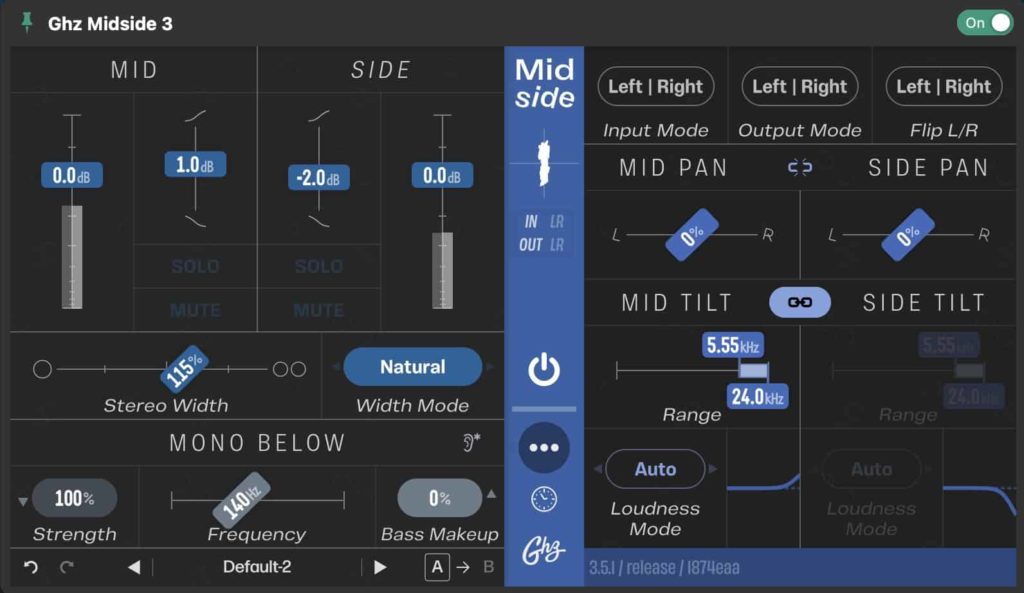 **************@**.jpg 600w, https://www.derekseaman.com/wp-content/uploads/Mi**************@**.jpg 1500w" sizes="(max-width: 1024px) 100vw, 1024px" />
**************@**.jpg 600w, https://www.derekseaman.com/wp-content/uploads/Mi**************@**.jpg 1500w" sizes="(max-width: 1024px) 100vw, 1024px" /> Summary
When looking at Mid-Fi to HiFi headphone setups, don’t forget to overlook software plugins that can really take the listening experience to the next level (or two). IMHO, the most important plugin is for EQ (FabFilter ProQ3), and from there you can fine-tune your listening experience as needed with Goodhertz plugins. Both FabFilter and Goodhertz makes great plugins, which work great on both Macs and PCs. Even if you think your current headphones sound awesome without any plugins, I encourage you to try out the free trials of all these plugins and experience the difference for yourself.
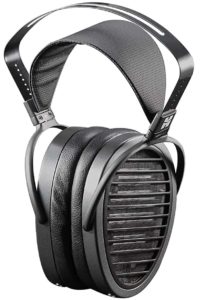
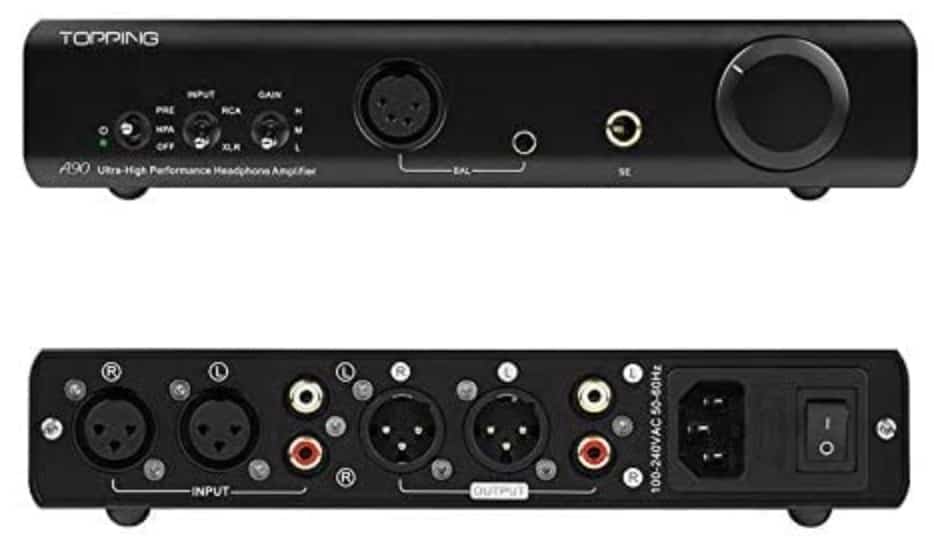 *****************@
*****************@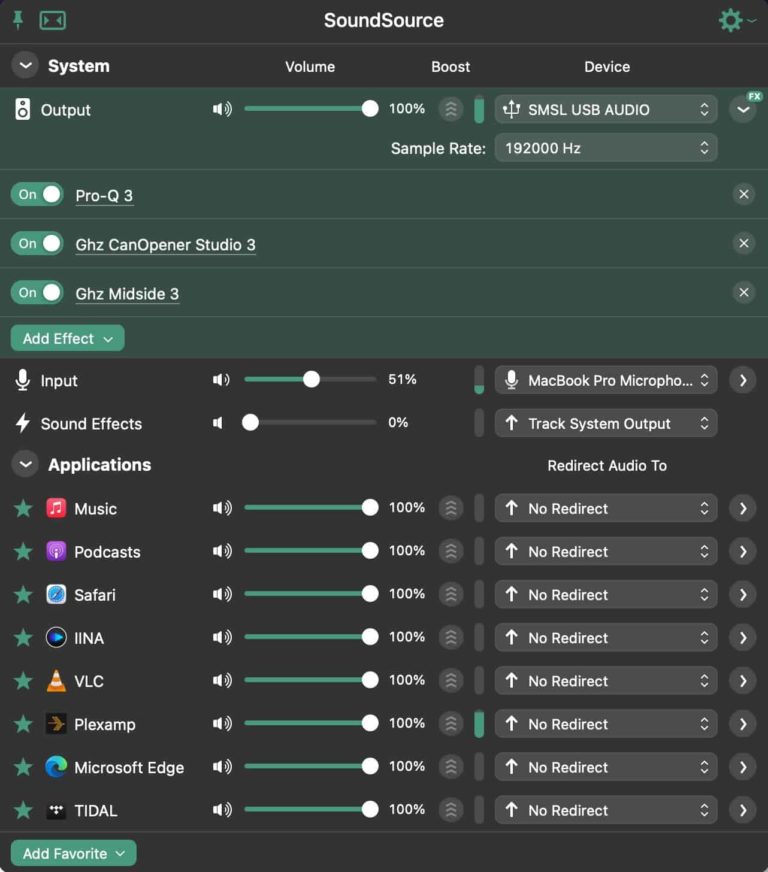 ******************@
******************@




Hi Derek, Thanks a lot for this article. My equipment is a Focal Elegia headset and an Audioquest cobalt DAC. I use Audirvana and Qobuz to listen to my music. That being said, I discovered SoundSource which is a very handy tool to manage the sound on my MacBook Pro. However I was not satisfied with Soundsource, Audirvana and my Audioquest DAC. Digging a little deeper I found out that Audirvana supports audio plugins well and in particular the Fabfilter Pro Q3. Now I have the expected result. Thank you very much for this article which opened my eyes (ears)… Read more »